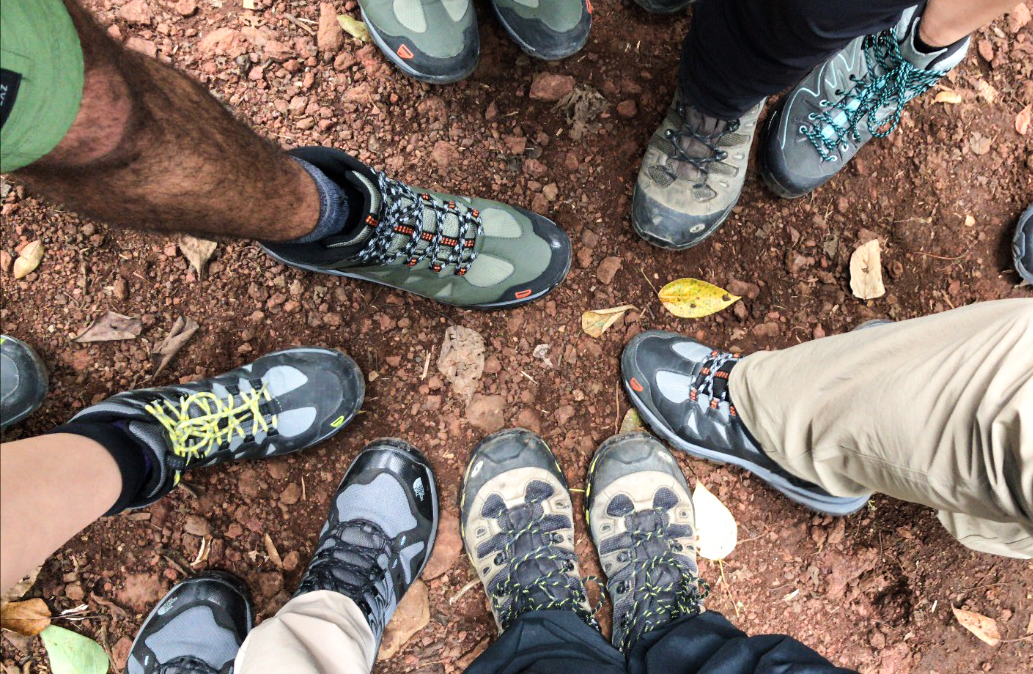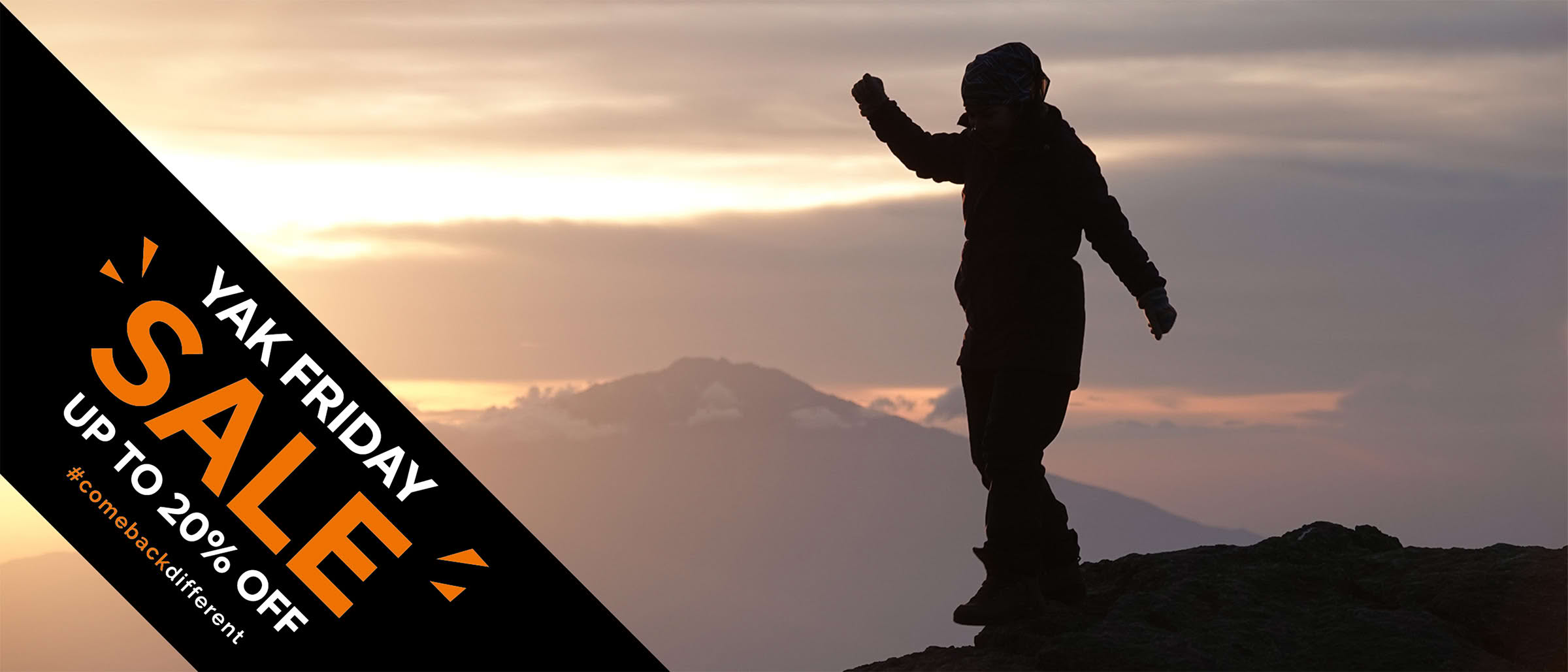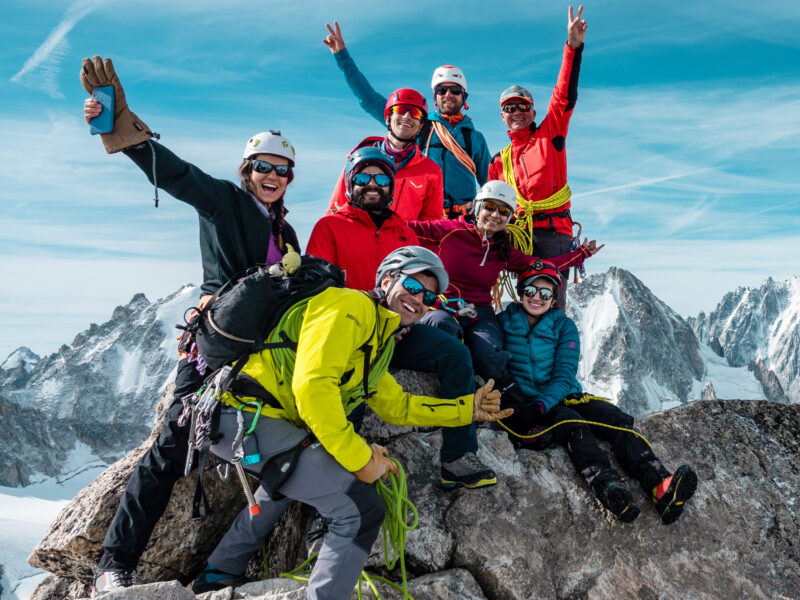BY Rami Rasamny | March 30 2020
How to Choose the Right Trekking Boot


“Everything has become so hyper specialized that it’s almost impossible to really understand what the different specs of each shoe actually mean and whether they’re appropriate for what you’ll be doing.”
Stepping into the shoe section at an outdoors gear store can feel overwhelming even for the more seasoned explorer. Everything has become so hyper specialized that it’s almost impossible to really understand what the different specs of each shoe actually mean and whether they’re appropriate for what you’ll be doing. We’ve broken down some of the main elements to consider when purchasing a boot that will, at the very least, narrow your options.
HIGH ANKLE v LOW ANKLE
Low ankle trekking shoes are more flexible and usually feel more comfortable as a result. They resemble regular trainers albeit slightly bulkier with a reinforced sole to absorb the impact of uneven terrain. High ankle trekking boots are stiffer and provide ankle support because the laces are tied above the ankle. Low ankle boots are more appropriate for shorter day treks where the terrain is somewhat stable like on a well-defined mud trail. High ankle boots are better suited for longer treks across more challenging terrain like over pebbles and other surfaces that can cause the ankle to cave. If it’s likely to rain, high ankle boots work better with gaiters and help prevent water from entering at the ankle region. This is especially true if puddles become a factor.
WATERPROOF
Waterproofing is essential for any trekking shoe. Although the rain itself may not penetrate the shoe, the water on the ground most definitely will especially if it’s a muddy trail. Most brands carry the Gore-Tex tag, which is basically a brand of waterproofing material that’s widely used by most outdoors gear companies. Whatever the waterproofing material, just make sure that the shoe is waterproof before you purchase it. There is absolutely nothing worse than walking with wet feet.
SIZE MATTERS
When trying on your trekking boots, it’s important to wear the socks you intend to use. If your experience includes cold temperature, it’s likely that you’ll be using thicker socks so try the boots on with thick socks or double socks. Most trails will have an ascent and descent component.

“Whenever purchasing boots, none of your toes should touch the front of the boot when your toes are facing downhill on an incline.”
Size is particularly important on the descent. Most people purchase a boot too small and it causes terrible bruising of the toes because they only realize the mistake once they’re on the downhill portion of the actual trek. Whenever purchasing boots, none of your toes should touch the front of the boot when your toes are facing downhill on an incline. Most gear stores have an inclined ramp to test this out.
CONSIDER WEIGHT
It may not feel like a major consideration but weight does have the potential to cause discomfort over the long run. That’s why you’ll sometimes see mountaineers pack a second pair of lighter trekking shoes when they’re not using the big mountain boots on the glacier. A heavy boot worn over multiple days can have an impact on your muscle fatigue. This isn’t a major consideration for most treks but if you’re planning to do something over a week-long then the weight of your boot should be a consideration.
TECHNICAL BOOTS
A technical boot is one used for mountaineering that can be fitted with crampons. For trekking expeditions there is no need to look at technical boots. They are usually much more expensive and are heavier than what is needed for trail walking. Beware of the salesperson who tries to sell you on a technical boot for trekking even though they may look more “professional.” Trust us, nothing looks more cringe to those of us with experience than seeing someone in a Himalayan G2 boot walking the trails of Kilimanjaro whose credit card probably melted at the store.
COLOR
We spend our whole lives living within the confines of professional urban colors. When choosing a color for your boot, and indeed all your outdoor clothing, make it fun and be outrageous! This is probably the one environment where the more colorful you are, the better you’ll stand out in pictures.
Have you got any questions about choosing a boot? All our LHO experiences now have their own dedicated guide to shopping and choosing gear. You can also reach out to us on info@lifehappensoutdoors.com. We’d love to help.
About The Author
Rami Rasamny is the founder of Life Happens Outdoors, a premium adventure travel community dedicated to transforming lives through curated outdoor experiences. A mountaineer and entrepreneur, Rami has led teams on some of the world’s most challenging peaks, from the Alps to the Himalayas. His mission is to make adventure accessible, transformative, and safe for all who seek to push their limits and Come Back Different.
About Life Happens Outdoors
At Life Happens Outdoors, we believe in the power of nature to transform lives. As proud members of the Adventure Travel Trade Association (ATTA) and the World Travel & Tourism Council (WTTC), our team of certified guides and outdoor professionals is committed to the highest standards of safety, sustainability, and excellence.
Discover more about our story and mission on our Meet LHO page, or explore our curated adventures such as the Tour du Mont Blanc Trek, the Climb of Kilimanjaro, and Chasing the Northern Lights.















